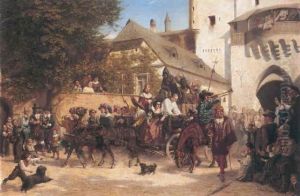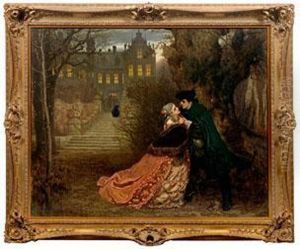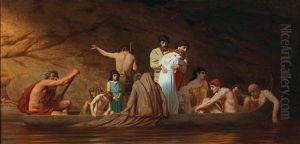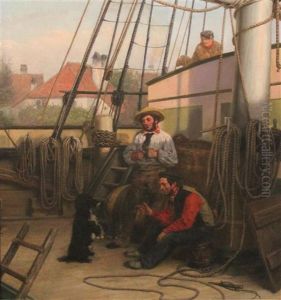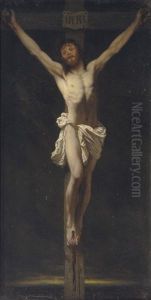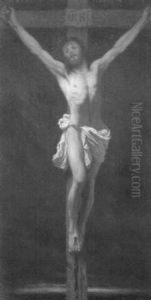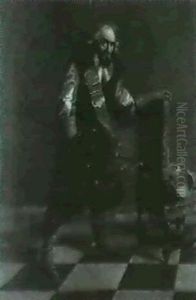Otto Brausewetter Paintings
Otto Brausewetter was a German artist born on January 14, 1835, in Saarbrücken, which was then part of the Kingdom of Prussia. His artistic journey began at a young age under the influence of the rich cultural and historical tapestry of his homeland. He pursued his passion for art by studying at the prestigious Academy of Arts in Düsseldorf, a hub for aspiring artists in the 19th century. The Düsseldorf school, known for its meticulous approach to painting and emphasis on detail and realism, significantly shaped Brausewetter's artistic development.
Throughout his career, Otto Brausewetter became known for his genre paintings, historical scenes, and portraits. His works often depicted scenes from everyday life, capturing the customs, attire, and spirit of his time with remarkable detail and sensitivity. Brausewetter's historical paintings, on the other hand, were celebrated for their accuracy in historical detail and their vivid portrayal of significant events and figures from the past.
Despite his talent and contribution to the art world, Brausewetter did not gain the same level of fame as some of his contemporaries. Nonetheless, his works continued to be appreciated by art lovers and collectors for their technical skill, emotional depth, and historical value. Today, Otto Brausewetter's paintings can be found in various art museums and private collections, offering a window into the 19th-century German society and its historical imagination.
Brausewetter's life was not just limited to his art; he was also a part of the broader cultural movements of his time, engaging with the literary and intellectual circles of 19th-century Germany. He remained active in the art scene until his death on May 4, 1904, in Berlin. His legacy, though not as widely recognized as some of his peers, remains an important part of the German art history of the period, reflecting the nuanced interplay between art, culture, and history in 19th-century Europe.
